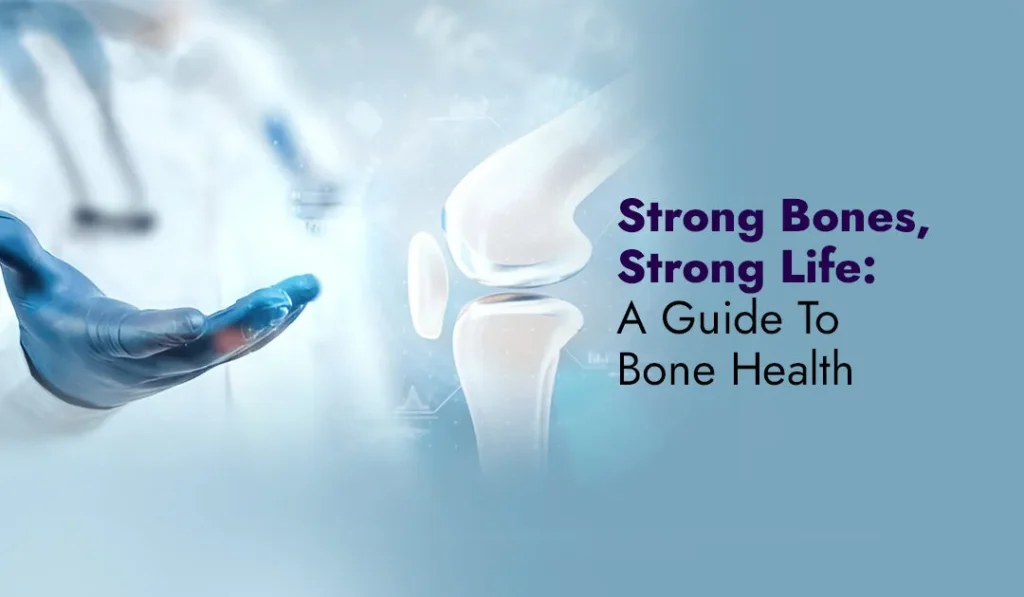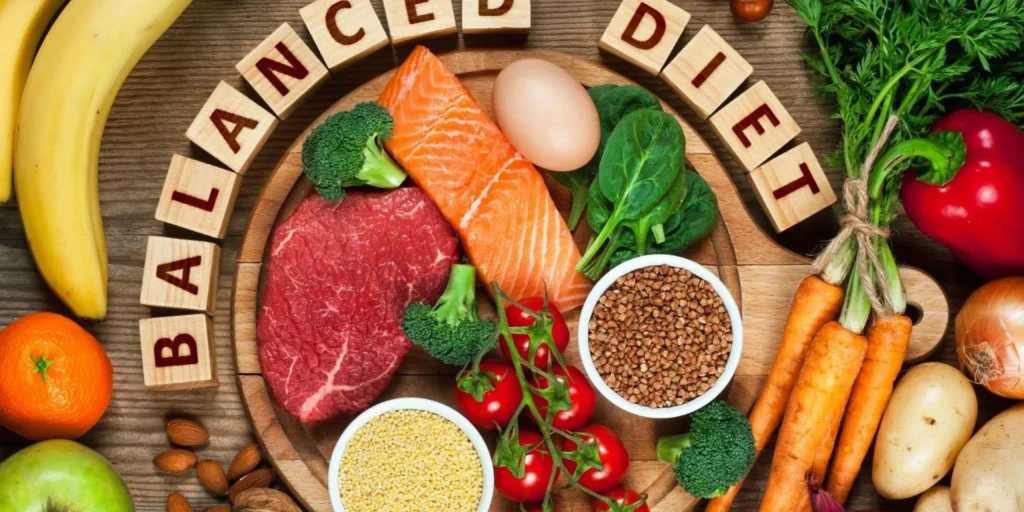Bone Health in Children. The early years are the most crucial time for building strong, healthy bones. In fact, nearly 90% of Peak Bone Mass is formed by the end of adolescence. What you do today as a parent — from food choices to activity habits — will shape your child’s bone health for life.
Real-life example:
A 7-year-old girl named Alisha had frequent leg pains. Her parents thought it was “growing pains,” but it turned out she was low in vitamin D. After adjusting her diet and getting 20 minutes of sunlight daily, her energy returned — and her pain faded.
Key Nutrients for Building Strong Bones
Calcium for Children’s Bones
Calcium is the building block of bones. If your child isn’t getting enough, their bones can become weak — even brittle.
Sources:
- Milk, cheese, yogurt
- Almonds, tofu, chia seeds
- Fortified plant milks (soy, oat)
If your child is lactose-intolerant, fortified soy milk or ragi porridge are calcium-rich alternatives.

Vitamin D: The Bone Absorber
Without vitamin D, calcium can’t be absorbed properly. Most kids today have low vitamin D levels due to indoor lifestyles.
Sources:
- Morning sunlight (10–20 minutes daily)
- Egg yolks, salmon
- Vitamin D-fortified cereals and milk
Let your child play outside for 15–20 minutes between 8–10 AM for natural vitamin D.
Bone-Building Foods (by Age)
| Age Group | Daily Calcium | Bone-Friendly Foods |
|---|---|---|
| 1–3 yrs | 700 mg | Yogurt, ragi porridge, paneer |
| 4–8 yrs | 1,000 mg | Milk, leafy greens, almonds |
| 9–18 yrs | 1,300 mg | Cheese, soy milk, broccoli |
Movement Matters: Physical Activity for Bone Health in Children
Bones get stronger when used — and that means regular, weight-bearing activities.
Best Activities:
- Running, hopping, skipping
- Dancing and jumping games
- Climbing and outdoor play
Real-life tip:
Rohan, a 10-year-old, swapped 2 hours of screen time for 30 minutes of evening football. After just 3 months, his pediatrician noted better posture, stronger legs, and higher energy levels.

Signs Your Child May Have Weak Bones
Pay attention to these warning signs:
- Frequent fractures or sprains
- Persistent leg or joint pain
- Tiredness or poor posture
- Delayed growth
If you see these signs, ask your pediatrician to check vitamin D and calcium levels.
Preventing Bone Health Issues (Like Rickets & Low Density)
Avoid Sugary & Processed Foods
Soft drinks and chips leach calcium from bones.
Limit Screen Time
Sitting too much = poor bone development. Kids need to move daily.
Balance Nutrition + Play
Even a healthy diet won’t work without physical movement.
Create a daily “bone routine”:
- Breakfast with calcium + protein
- 15 mins outdoor play before noon
- Evening fun walk or sport

Should You Use Bone Supplements for Kids?
Supplements are not a replacement for a good diet — But They Can Help if:
- Your child is a picky eater
- Has a medical condition (like lactose intolerance)
- Lives in low sunlight areas
Always check with a pediatrician before giving any supplement.
A mom in Islamabad noticed her toddler was skipping meals. The doctor recommended a chewable calcium + vitamin D3 supplement — paired with improved mealtimes.
Real-Life Parenting Tips to Boost Bone Health
Make exercise a game
Turn chores into fun: who can skip 50 times first?
Involve kids in meal prep
Let them grate cheese, build their salad, or decorate their yogurt bowl.
Educate with storytime
Tell bedtime stories about “Bone Heroes” who grow tall and strong.
Final Thoughts
Bone health isn’t just about avoiding injuries — it’s about giving your child a foundation for lifelong strength. Focus on:
- A calcium-rich diet
- Daily sunlight and movement
- Smart routines & engaged parenting
Often it’s “growing pains,” but always check for deficiency or overuse
FAQs
Q1. Can children get osteoporosis?
Yes, though rare — especially in malnourished or inactive children.
Q2. Is milk enough for strong bones?
No. Kids need sunlight, vitamin D, and exercise too.
Q3. How much sun exposure is safe?
10–20 minutes in early morning or late afternoon is ideal.
Q4. Can vegan kids build strong bones?
Yes — with fortified plant-based foods and proper planning.
